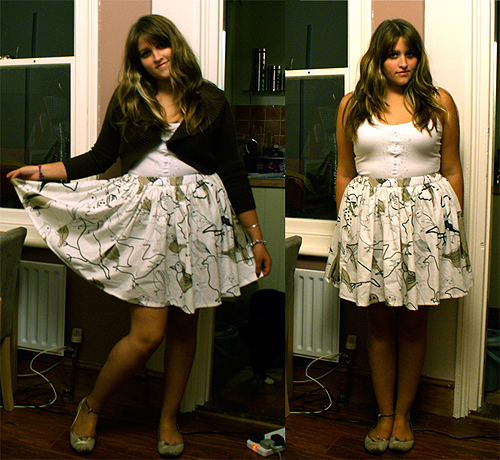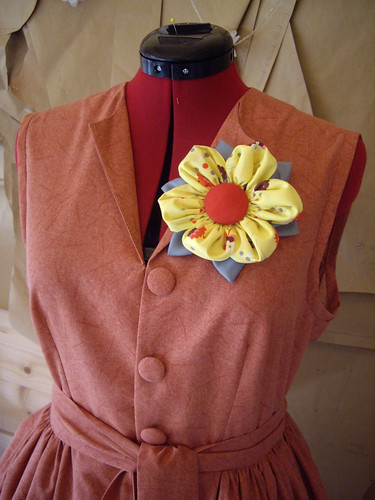I was chatting to a friend who reads my blog posts when they pop up on Facebook, and he wanted to know why I’d been making such a lot of underwear recently.
There are two reasons, really. When my latest work contract came to an end, I thought that making simple little knickers would be a good way of using up some of the smaller pieces in my fabric stash. This has turned out to be far more complicated than I’d thought (don’t things always?) because of my apparent inability to draft a knicker pattern that I actually like. Once I’ve got that part sorted out I’ll be good to go, but there’s going to be a lot of trial and error along the way.
This ties neatly into the other reason I wanted to make my own underwear – I can’t find anything that fits. In my goth clubbing days I used to wear corsets, but because I’m so short-waisted they didn’t fit properly. So I decided to make my own. The same goes for bras – despite being allegedly an “industry standard” size, it’s painfully apparent that there’s no such thing. I don’t think I’ve ever worn a bra that’s actually fitted me well and been comfortable.
But, despite my overwhelming desire to be comfortable, I don’t want to head into my forties in boring old underwear! And when I went window-shopping online to see what else was out there, I discovered that most people’s idea of glamorous underwear is either horrid thongs and scratchy lace, or vintage-inspired pieces based on shapewear. And to be honest, I’m not really interested in being squished into someone else’s idea of a mythical “ideal” shape – I’d much rather wear something that fits the shape I actually happen to be.
So, I’m trying to design some underwear that fills a few important criteria:
- MUST be comfortable!
- Preferably made from a natural fibre
- Pretty and luxurious without being scratchy or squashy
- Can be worn everyday, rather than saved for “best”
I’m nowhere near there yet, but that’s what I’m working on, and why!








